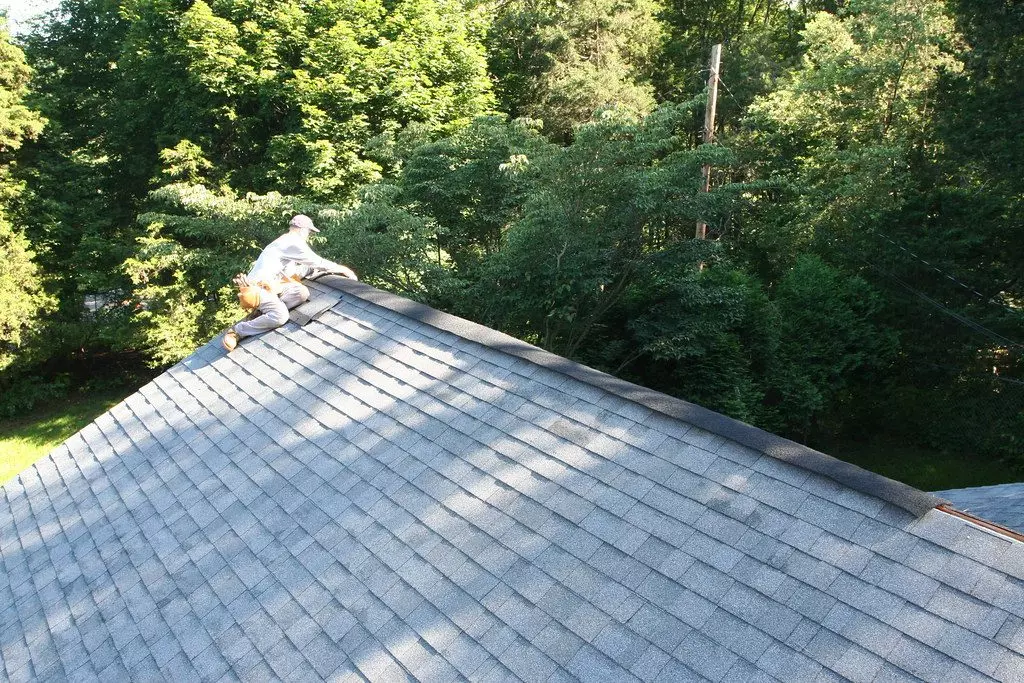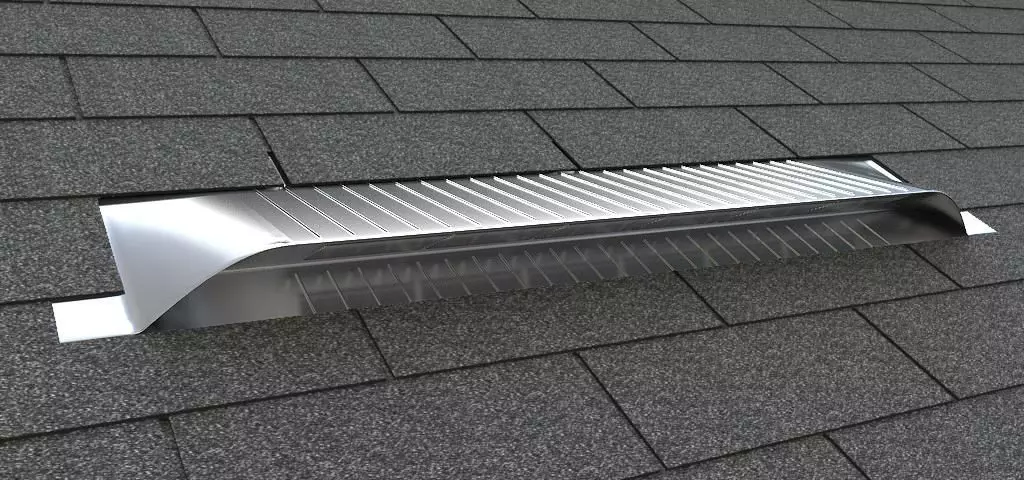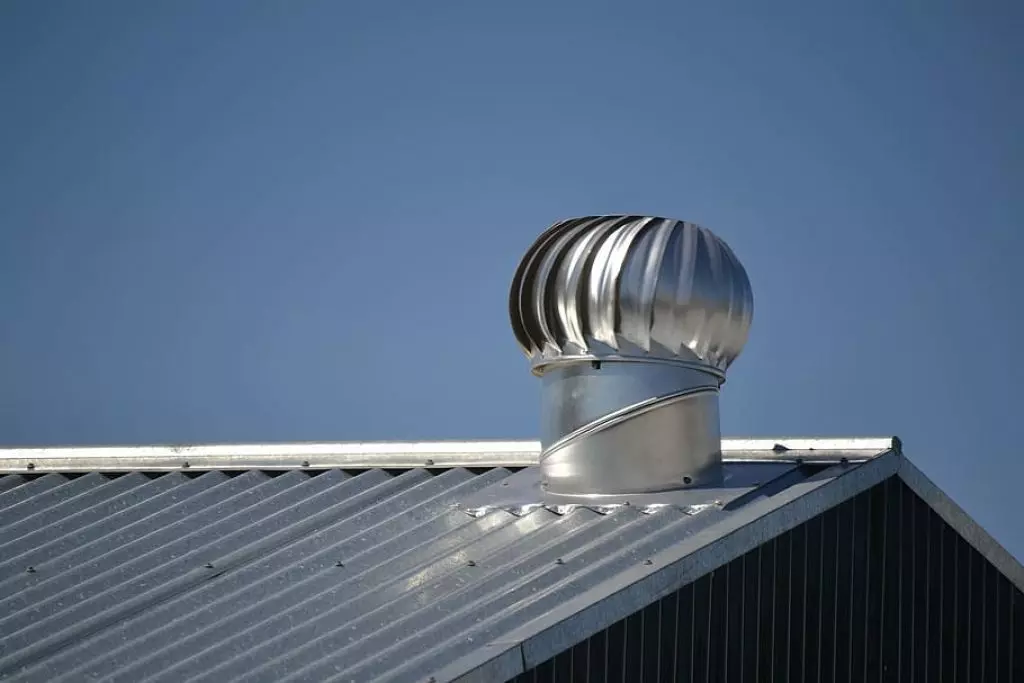Proper roof ventilation is essential for maintaining the health of your home. It not only prolongs the lifespan of your roof but also reduces energy costs and creates a healthier living environment. In this article, we will explore the different types of roof vents available and the importance of understanding attic ventilation.
Understanding Ventilation Styles
Ventilation refers to the provision of fresh air to a room or building. In roofing, ventilation plays a critical role in maintaining a healthy attic space and extending the life of your roof. There are two main styles of ventilation: exhaust and intake.
Exhaust: Let the Stale Air Out
Exhaust vents are designed to remove hot, humid air from your attic space. This is important because stagnant air can lead to mold and other issues. The most common exhaust vent used in modern roofing systems is the ridge vent, which is placed at the highest point of the roof. Ridge vents allow hot air to escape and are a crucial part of any effective venting strategy.
Intake: Bring Fresh Air In
Intake vents, on the other hand, bring cool, fresh air into your attic space. This air enters the attic through vents placed lower on the roof line, such as soffit vents. The cool air pushes the hot air out through the exhaust vents. This continuous cycle of fresh air in and stale air out helps to maintain a balanced and healthy attic environment.
The Consequences of Poor Ventilation
Without proper ventilation, your home and roof can suffer from various issues. These include:
- Poor indoor air quality due to stale air in the attic during summer months.
- Overburdened HVAC systems, which have to work harder to cool the upper floors of your home.
- Extra moisture in the attic due to warm air not being properly expelled.
- Ice dams during winter months, especially in colder climates.
- Dry rot of roof sheathing.
The Best Types of Roof Vents
Now let's explore some of the most commonly used roof venting systems available:
Ridge Vents: The Most Common Exhaust Vents
Ridge vents are the most commonly installed exhaust vents. They are critical for new roof installations, especially in areas with fluctuating temperatures. Positioned along the peak of the roof, ridge vents allow hot air to escape and provide excellent vertical ventilation when combined with intake vents.
 Image: A ridge vent being installed across the peak of a roof.
Image: A ridge vent being installed across the peak of a roof.
Box Vents: Effective and Versatile
Box vents, or louver vents, are another popular choice for exhaust vents. They are smaller and more rectangular in shape compared to ridge vents. Box vents can be strategically installed in areas that require ventilation but cannot accommodate a ridge vent. While they are not as effective as ridge vents, they offer versatility for roofs with complex designs.
 Image: Three box vents used for exhaust ventilation.
Image: Three box vents used for exhaust ventilation.
Soffit Vents: The Most Popular Intake Vent
Soffit vents are the most popular form of intake venting. They are installed on the eaves, underneath the roof line. Soffit vents provide ample surface area for cool air to enter the attic, complementing the exhaust system. They come in continuous or individual styles, with continuous soffit vents offering the most effective intake ventilation.
 Image: Continuous soffit ventilation along the eaves of a roof.
Image: Continuous soffit ventilation along the eaves of a roof.
Other Ventilation Options
Other types of vents include off-ridge vents, hard-wired powered attic vents, solar-powered attic vents, roof turbines, and cupola vents. Each has its own benefits and drawbacks, depending on the specific needs of your roof and home.
Choosing the Right Vent for Your Roof
In most cases, a combination of soffit vents for intake and a ridge vent for exhaust is the best choice. However, every home is different, and it's essential to consult with an experienced roofing specialist to determine the best venting strategy for your specific situation. Factors such as roof style, architecture, and climate must be taken into account.
Remember, proper roof ventilation is crucial for the health of your home, your roof's longevity, and energy efficiency. By investing in the right type of roof vents, you can enjoy a well-ventilated and comfortable living space for years to come.
(Disclaimer: The images used in this article belong to their respective owners and are used for illustrative purposes only.)







